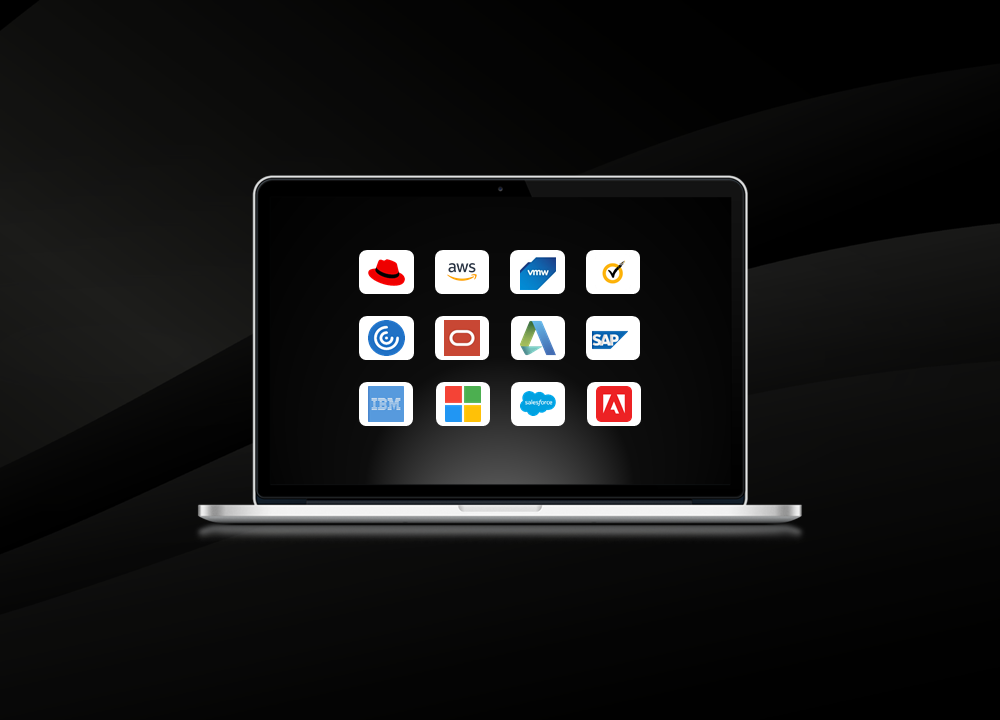Strategies for Maximizing SaaS Optimization and ROI
Optimizing Your SaaS Management
What is SaaS?
SaaS, or Software as a Service, is a type of software delivery model that allows businesses to access software and its features through the internet, rather than installing and maintaining it on their own devices. SaaS solutions are often subscription-based, with businesses paying a monthly or annual fee for access. This model of software delivery offers flexibility, scalability, and cost-effectiveness for businesses, making it an increasingly popular choice for organizations of all sizes.
What is SaaS Management?
SaaS management refers to the process of overseeing and optimizing the use of Software as a Service (SaaS) solutions within an organization.
This includes tasks such as:
- Monitoring costs and usage
- Ensuring performance and scalability
- Ensuring security and compliance
- Facilitating user adoption and experience
- Handling integrations and data management
SaaS management is crucial for businesses to ensure they are getting the most value from their SaaS solutions, in terms of functionality and cost.
By monitoring and optimizing SaaS usage, businesses can improve the performance and scalability of their solutions, increase user adoption, and ensure compliance with regulations.
SaaS management can help businesses to make data-driven decisions, and ultimately achieve their business objectives by delivering efficiencies, cost savings, and ultimately the ROI.
Summary
SaaS management ensures the optimal usage of SaaS solutions by monitoring costs and usage, ensuring performance and scalability, ensuring security and compliance, and facilitating user adoption and experience. This approach helps businesses to achieve the most value from their SaaS investments, and ultimately achieve their business objectives.
We optimize your software spend



What is SaaS Optimization?
SaaS Optimization refers to the process of improving the effectiveness and efficiency of Software as a Service (SaaS) solutions within an organization.
This includes tasks such as:
- Cost optimization, including reducing unnecessary expenses and negotiating with vendors.
- Performance optimization, including identifying and resolving bottlenecks and continuously monitoring and improving the system.
- Scalability optimization, including planning for scalability, using cloud-based solutions and automation.
- Security optimization, including identifying and addressing specific risks associated with SaaS solutions and ensuring compliance with regulations.
- User experience and adoption optimization, including user-friendly interfaces and training, as well as promotion of SaaS adoption.
Why SaaS Optimization is Crucial for Business Success: Cost Reduction, Performance Improvement, and More
SaaS optimization is crucial for businesses to ensure they are getting the most value from their SaaS solutions in terms of functionality, cost-effectiveness, scalability and compliance
By implementing SaaS optimization strategies, businesses can reduce costs, improve performance, and scalability, increase user adoption and ultimately achieve their business objectives.
SaaS Optimization helps businesses to make data-driven decisions and take action accordingly, it can be achieved through various techniques such as automation, workflow management, and reporting, it is an ongoing process that is essential for businesses that want to stay competitive and leverage the full benefits of SaaS solutions.
Summary
SaaS Optimization is the process of improving the effectiveness and efficiency of SaaS solutions, by implementing cost optimization, performance optimization, scalability optimization, security optimization and user experience and adoption optimization. These approaches help businesses to reduce costs, improve performance, and scalability, increase user adoption, and ultimately achieve their business objectives.
Trusted by government and businesses




Why is SaaS optimization important for businesses?
SaaS optimization is crucial for businesses to ensure they are getting the most value from their SaaS solutions. By implementing cost optimization, performance optimization, scalability optimization, security optimization, and user experience optimization strategies, businesses can reduce costs, improve performance and scalability, increase user adoption, and ultimately achieve their business objectives. SaaS optimization helps businesses make data-driven decisions and stay competitive in today’s digital landscape.
How can I reduce the costs associated with my SaaS system?
SaaS cost reduction can be achieved by identifying and eliminating unnecessary expenses, negotiating better terms with vendors, managing contracts efficiently, and implementing automation. Additionally, businesses can review vendor contracts regularly, compare prices with competitors and use data to negotiate better prices. By implementing these strategies, businesses can reduce SaaS costs, achieve cost savings and improve the return on investment of their SaaS solutions.
How can I measure the ROI of SaaS optimization efforts?
Measuring the return on investment (ROI) of SaaS optimization efforts can be done by tracking key performance indicators (KPIs) such as cost savings, improved performance and scalability, increased user adoption and compliance with regulations. Additionally, businesses can use analytics tools to track and analyze data on usage and costs, comparing the results before and after optimization efforts. These metrics can also be benchmarked with industry standards. By measuring and analyzing these indicators, businesses can accurately determine the ROI of their SaaS optimization efforts and make data-driven decisions.

Schedule a free consultation with our advisors
Are you tired of struggling with software license optimization and the constant changes in the technology landscape? Are you looking for ways to maximize your software spend and get the most value from your licenses and subscriptions?